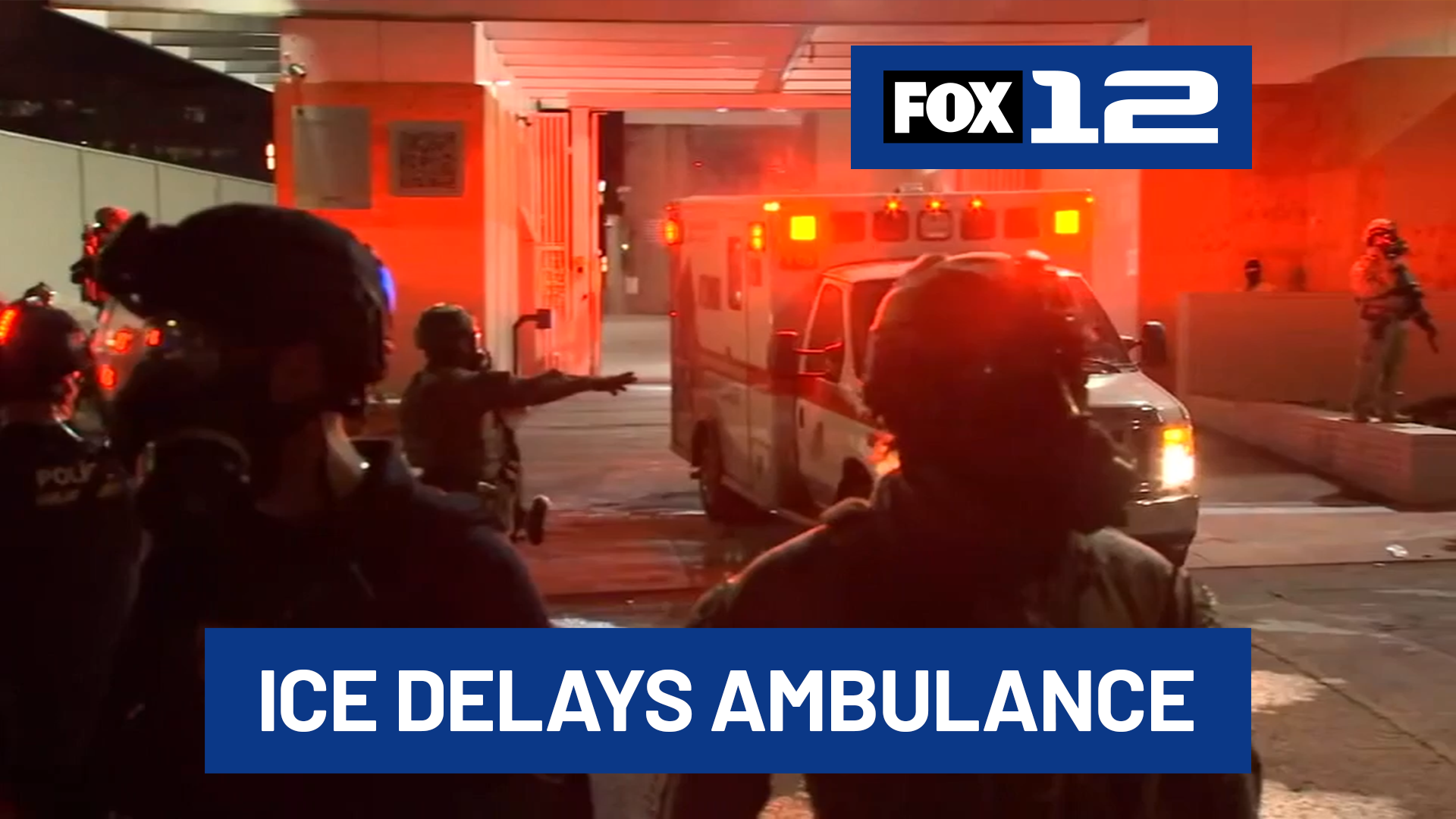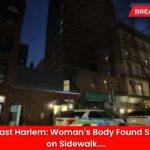PORTLAND, Ore. (KPTV) — For many residents of Gray’s Landing, an affordable housing complex across from Portland’s Immigration and Customs Enforcement (ICE) building, home no longer feels like a refuge. As federal agents deploy tear gas and pepper balls to disperse protesters outside, the chemical fumes and noise are seeping into their apartments — turning daily life into a health and safety nightmare.
A Sanctuary Turned Uninhabitable
Gray’s Landing, which houses 249 low-income residents including families, veterans, and seniors, sits directly across from the ICE facility that has been the center of months-long demonstrations. Tenants say that the repeated use of tear gas and other crowd control weapons by federal officers has made their homes unbearable.
“They go home. They sleep at night. We’re here stuck in it with gas in our apartments,” said resident Janice Lineberger. “This used to be my sanctuary, but no longer.”
Also Read
Lineberger described how fumes slip through cracks in windows and doors, forcing residents to breathe in irritants long after protests end. She said even healthy individuals are developing respiratory issues, while vulnerable residents — including children, the elderly, and those with chronic illnesses — are suffering the most.
“We’re all having breathing problems, and I’m a healthy person,” Lineberger added. “There’s a lot of veterans and people with big health problems, and it’s much worse for them.”
The Human and Financial Toll
The building is owned and managed by REACH Community Development, a nonprofit organization dedicated to affordable housing. CEO Margaret Salazar said her team has spent more than $150,000 trying to protect residents from the fallout.
Those costs include installing HEPA air filters, providing earplugs, adding sticky mats at entryways to trap contaminants, and increasing on-site staffing for support.
“It’s been a hefty price tag for us — $150,000 thus far and counting — that we don’t have the budget for as a nonprofit,” Salazar said. “But the bigger cost is the human cost. Low-income residents, including veterans who’ve lived through war zones, are experiencing this again in a place that should be their sanctuary.”
REACH is now fundraising to provide air purifiers for every apartment.
Everyday Reminders of Conflict
Residents say the reminders of the nightly confrontations are everywhere.
“Pepper balls come up against our building, and we find them in the morning on our balconies, on our window sills, in the courtyard,” Lineberger said. “They aren’t just targeting protesters. They are disturbing our residence. And we feel like we are taking the brunt of all the protests.”
Videos circulating online show flash-bangs, sirens, and thick clouds of tear gas near the building. Even when demonstrations end, the smell and residue linger.
Residents Trapped With Few Options
Some residents have already moved out, while others have begged for transfers to units farther from the street. But for many, relocation isn’t an option.
“Most of the people living here, we’re low-income. We can’t move. There’s no place for us to go. We’re stuck,” Lineberger said.
Salazar acknowledged the complex position residents are in. While she supports citizens’ right to protest, she urged demonstrators to consider relocating their gatherings.
“There are lots of ways to express free speech against this administration and against what ICE is doing,” she said. “But it doesn’t have to be right here, where low-income residents are bearing the brunt of the federal response.”
A Community in Limbo
As federal agents and protesters continue to clash, the people living at Gray’s Landing remain caught in the middle — facing the consequences of a political battle unfolding just steps from their homes.
For now, the nonprofit’s efforts to create a healthier environment offer only partial relief. The sounds of flash-bangs, the sting of pepper spray, and the constant uncertainty have made one thing clear for residents like Lineberger: life at Gray’s Landing has changed, perhaps for good.












